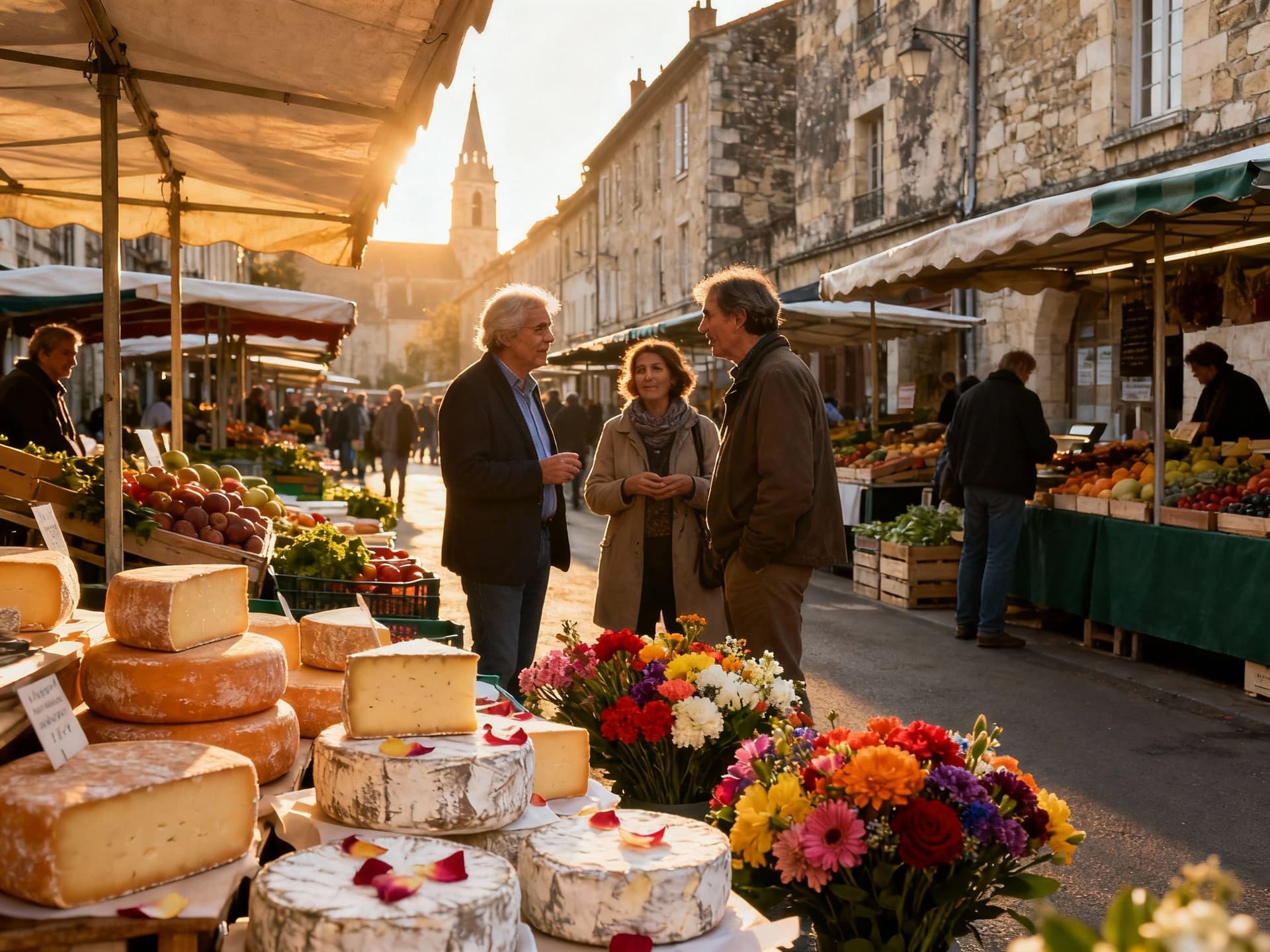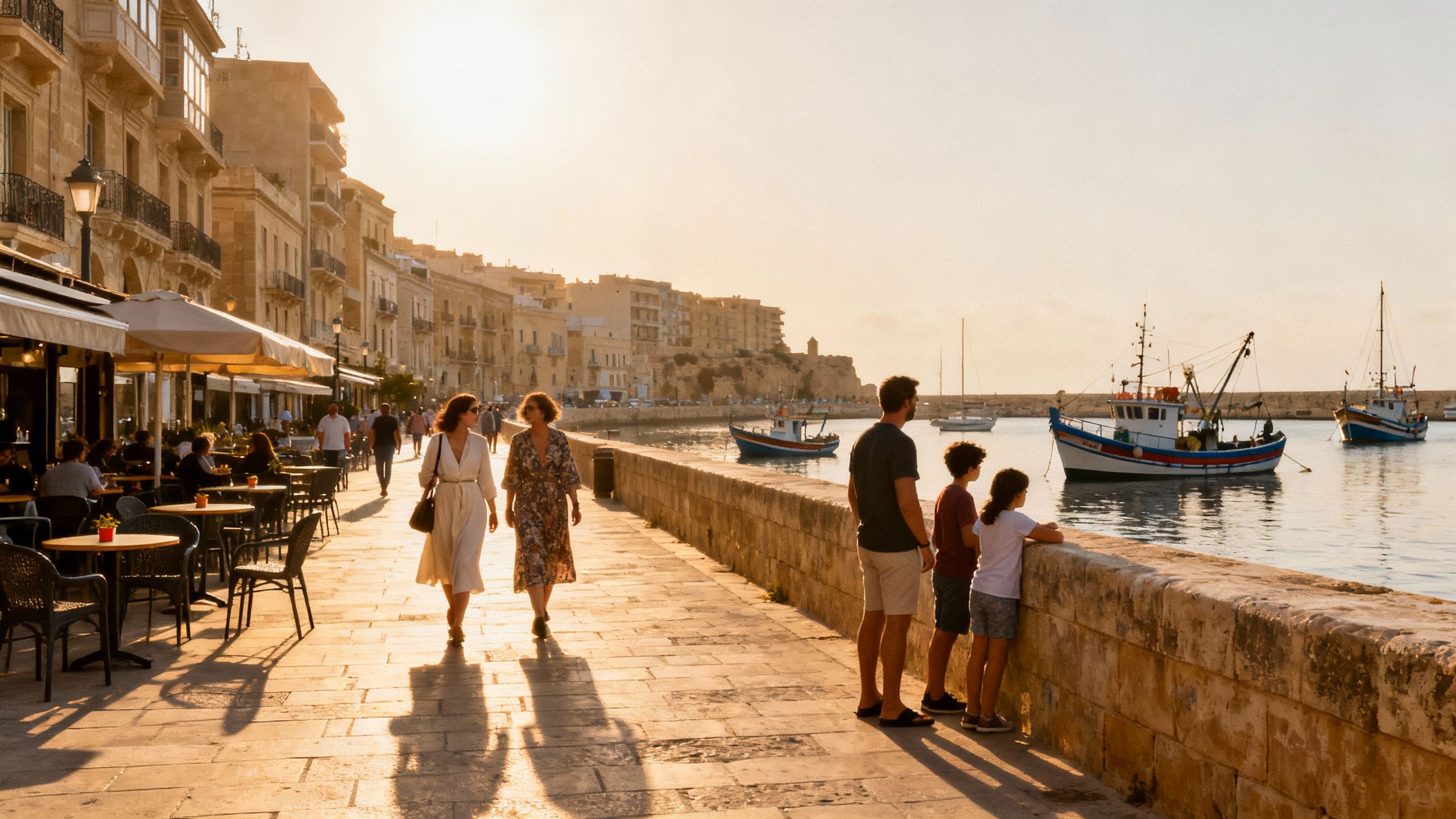Why France Feels Pricier Than It Is (Where Value Hides)
France feels expensive on headlines; the real cost depends on neighbourhood, season and lifestyle choices—local data and notaires’ reports reveal where value hides.
Imagine a slow Sunday in Bordeaux: morning light on honeyed stone, a small marché humming with vendors, and a baker who remembers your name. That same country — Paris, Lyon, Nice, the Loire — is routinely shorthand in headlines for “expensive France.” The truth is more textured. Costs concentrate in particular rhythms and places; elsewhere, life is quietly affordable in ways that reward those who look beyond the tourist postcard. This piece shows where value hides in France and how lifestyle choices — not only price-per-square-metre — determine what you actually pay.
Living the French life — what it actually feels like

France is not a single way of life but a conversation between place, season and habit. Weekdays begin with café espressos on narrow counters; Saturdays are for markets and boulangeries; evenings favour long meals and neighbourhood bars. Coastal towns move with tides and tourism; inland towns set their pace by market day and harvest. For a buyer, the choice is less about the country’s mean price and more about how the local tempo aligns with daily routines you actually want.
Paris arrondissements to provincial charm
Paris reads as expensive because its central arrondissements concentrate international demand, historic apartments, and constrained supply. Yet a short commute or a well-chosen suburb — the 12th’s tree-lined Faubourg Saint-Antoine or the villages of Saint-Mandé and Vincennes — alters the cost equation while preserving the city’s lifestyle. Outside Île-de-France, cities such as Lyon, Bordeaux and Nantes offer preserved urbanity, skilled services and markedly lower rents without sacrificing cultural life.
Food, markets and the calendar that shapes cost
Gastronomy is both a lifestyle and a budget lever. Seasonal markets (marchés) in towns like Aix‑en‑Provence or Toulouse provide exceptional produce at prices that decline outside tourist months. Eating out in small bistros, buying cheese at a fromagerie, or cooking with market produce stretches a modest grocery budget. Conversely, year‑round resort towns such as Saint‑Tropez or Nice see food and service costs spike with high season.
- Lifestyle highlights to look for
- Morning markets: Marché des Capucins (Bordeaux), Marché d'Aligre (Paris).
- Neighbourhood cafés: Café de la Madeleine (Lyon), Le Progrès (Annecy).
- Coastal promenades: Promenade des Anglais (Nice), Vieux Port (Marseille).
- Wine villages and harvest weekends: Médoc communes, Beaune in Burgundy.
Making the move: practical cost considerations that matter

Lifestyle choices funnel into concrete costs: purchase price, local taxes, utilities, services and the everyday costs of being part of a neighbourhood. National data and notaires’ reports show a national market that is regionally divergent — Paris and the Riviera remain the outliers while many departments offer stability and value. Understanding where prices concentrate helps you match a lifestyle to a budget rather than assuming the whole country is uniformly expensive.
Property types and the lifestyles they support
A narrow Haussmann apartment in Paris supplies walkable urbanity and formal interiors; a 19th‑century maison de maître in Bordeaux provides rooms for a collection and a private garden for summer living. In Provence, a stone mas with thick walls suits slow summers and external courtyards; along the Atlantic, newer seaside flats emphasise low‑maintenance living. Choose the building type that complements how you’ll cook, entertain, work and store things — these decisions determine recurring costs as surely as the purchase price.
Working with local experts who understand cost rhythms
A French agency that knows neighbourhoods will show you how utility norms, service contracts and seasonal rental demand affect total cost of ownership. Expect them to provide local tax estimates, typical condominium (copropriété) charges and seasonal occupancy patterns. Recent data also shows service inflation continuing to push some recurring costs higher; local counsel can quantify those pressures for the neighbourhood you favour.
- Steps to align lifestyle and costs
- List available properties in both high‑season and off‑season to compare realistic utility and service bills.
- Request condominium (copropriété) accounts and recent invoices to see heating, cleaning and maintenance costs.
- Ask for a local council tax (taxe foncière and taxe d’habitation impacts) estimate and how charges shift with occupancy.
Insider knowledge: what expats wish they’d known about costs
Expats often discover two truths: first, daily living can be more affordable than expected if you adapt to local rhythms; second, certain invisible costs — school fees, international healthcare top‑ups, and seasonal maintenance — add up. Cost‑of‑living indices (Wise, Numbeo) are useful guides but must be read against the neighbourhood and your chosen lifestyle. A lower index city can still incur higher costs if you insist on imported foods, private schooling, or frequent travel.
Language, paperwork and service costs
Not speaking French increases reliance on intermediaries — translators, bilingual estate agents and notaires who offer extra services — which raises upfront costs but often pays for itself in speed and reduced risk. Learning basic administrative French will lower recurring friction and allow you to understand service contracts for utilities, heating and building maintenance that determine monthly outgoings.
Hidden costs that reshape the budget
Expect transaction-related fees (notaire fees, droits de mutation) and variable copropriété charges. Renovation budgets in historic properties routinely exceed initial estimates, especially when complying with heritage constraints. Notaires’ reports also highlight that market recoveries vary regionally; a property bought near a regional transport hub or university will experience different upkeep and rental patterns than one in a declining rural village.
- Common red flags and cost traps
- Unclear copropriété accounts (deferred maintenance or special levies).
- Properties with recent cosmetic work but undocumented structural repairs.
- Buying in high‑tourist towns without a plan for off‑season vacancy costs.
- Overlooking energy class (DPE) and the likely cost of thermal upgrades.
For each of these, a local agency with a disciplined due‑diligence checklist will uncover the issue before you sign. Treat the agent as the steward of your lifestyle promise; they should quantify how the home will feel and cost in every season.
How seasons change the cost of living
Summer lifts hospitality incomes and local prices in coastal and Alpine resorts; winter increases heating bills and can depress short‑term rental demand outside ski stations. A house in Provence that is inexpensive in November may demand substantial summer maintenance and caretaking costs if left empty. Factor seasonal service charges and the cost of caretaking into your annual budget rather than judging affordability by purchase price alone.
Conclusion: fall in love — then model the life you want to live
France offers both the indulgence of a market‑day life and the pragmatism of disciplined stewardship. Start with the scene you want — morning markets, coastal promenades, or a cool, timbered study — then ask local experts to translate that scene into concrete annual costs. With careful planning, what looks expensive on a headline becomes a manageable, deeply rewarding life. When you are ready, local agencies versed in architecture, heritage and seasonal rhythms will help you move from desire to a durable, lived-in home.
Dutch former researcher who moved to Lisbon, specialising in investment strategy, heritage preservation, and cross-border portfolio stewardship.


